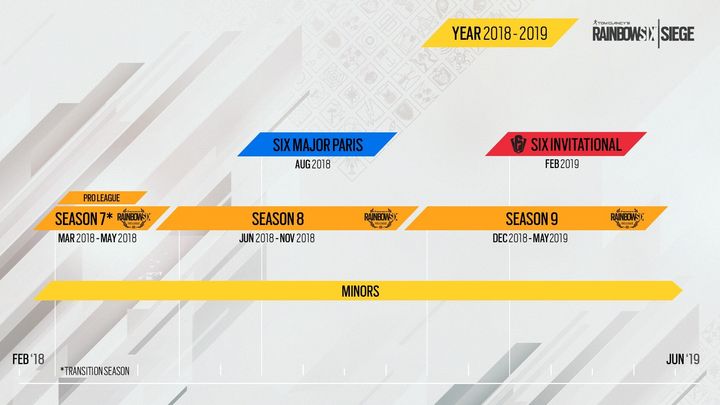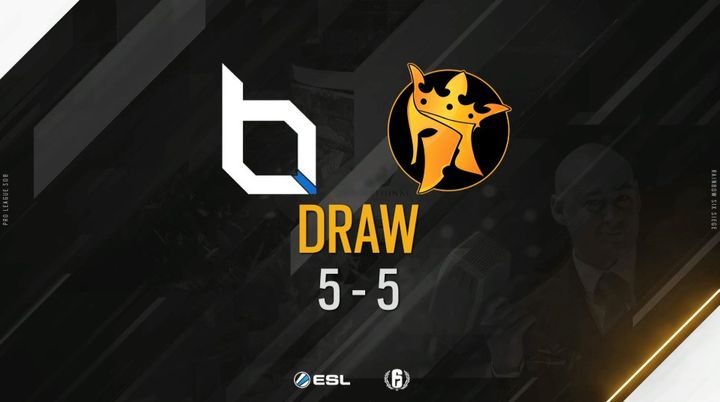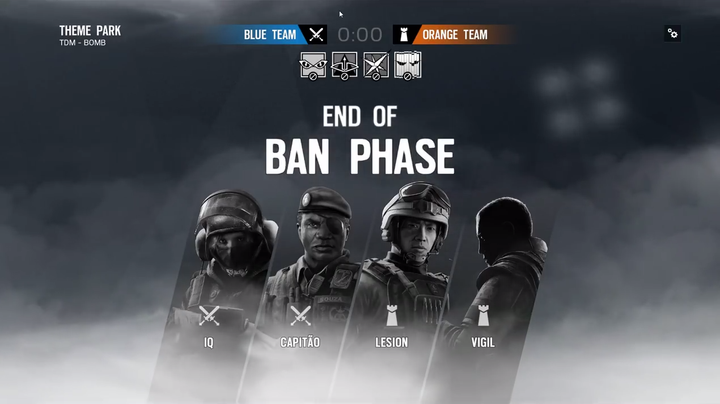
Season Format
The introduction of a six month long season is perhaps the biggest change to come to the Pro League in Season 8. Prior to this, both teams and fans were accustomed to short, three-month long seasons. Each team participated in double elimination brackets and then transitioned into playoffs to determine which teams attended the Finals. This meant that viewers would only be able to see their favorite teams play a few times a season. Moreover, if their team suffered from a poor start, then they would play for just two games in the entire season as they would not be able to participate in neither the playoffs nor the finals.
This all changed with the advent of the six-month long season. Now, teams are put up against every other team in their region at least twice throughout the season in a Best-of-One (Bo1) format. This helps the fanbase for each team tremendously, because even if a team has a poor start, the fans will still be able to enjoy watching the team throughout the entire season through fourteen play days.

Finally, an additional Major has been introduced in between the six-month long seasons. This signals Ubisoft’s greater focus and attention on the ever growing esport of Rainbow Six. This additional mid-season Major serves to attract bigger esports organisations since there is both an additional prize pool to strive for, and another platform for organisations to be represented. This can be seen through organisations that have recently entered Rainbow Six such as G2 Esports, Team Secret, Team Liquid, Ninjas in Pyjamas, and more. Needless to say, if Ubisoft presents more opportunities for the Pro League, then the scene will surely grow in both size and scope with these new organisations.
This is not to say that this new format has pleased everyone, though. With the new Bo1 format, certain teams that have excelled from slow starts and thrived mid-game for adaptation have suffered. Some prime examples of this is are North American teams Obey Alliance and Cloud9 (C9). Despite solid performances from both of these teams during Best-of-Three (Bo3) events such as the Paris Major 2018 for Obey and DreamHack Montreal 2018 for C9, these slow starting teams have failed to adapt to the new Bo1 format, resulting in poor performances from them throughout the season.
Teams and fans alike have also been displeased with the introduction of draws because of its immense prevalence throughout the season. Many viewers feel that a draw does not offer the same sense of closure or completion to a match. This sentiment has been somewhat mitigated through the extension of the round count in matches, since more rounds means it is theoretically more difficult to draw.

The last major change to the season structure was the implementation of auto-relegation for the last placed team in each region. This has been met with some backlash from the community because the auto-relegation does not offer the last placed team any way of fighting back for their right to a Pro League spot aside from their performances throughout the season. Many feel that an auto-relegation deprives a team of one last effort to prove themselves. Moreover, auto-relegation may in fact reduce the draw for esports organisations that are looking to enter Rainbow Six. This can be seen through both the relegation of Counter Logic Gaming (CLG) in Season 7 and the auto-relegation of Obey in Season 8. Although CLG did not get auto-relegated because the feature was not introduced yet, it still shows that large organisations are not willing to invest in Rainbow Six unless it is at the highest level -- the Pro League. Currently, the Challenger League is not deemed as an investment worth pursuing given its lack of attention and funding. Auto-relegation remains a feature and will return in the upcoming Season 9 of the Pro League.
Match Format
The changes to the match format were made to primarily assist in the viewership experience throughout the season. Prior to the Season 8 change, a majority of the games played consisted of the most popular maps, such as Oregon and Border. This led to a stale, repetitive feeling for most viewers. Maps such as Bank or Coastline were a treat to watch because of the rarity in which these maps were played. With the new map pool structure, teams only needed to practice seven maps with two maps being removed each week based off the selection of the maps in the prior week. This ensures that viewers will be not be subjected to the same map over and over again as seen through previous seasons.
Prior to Season 8, viewership suffered from the complexity of the game. To a new viewer, the lack of understanding and clarity on what is occurring on the screen can be one factor that drives away the viewer from further participation in the esports scene. As a result of this, Ubisoft derived a viewer friendly notion from Counter Strike: Global Offensive (CSGO) by introducing the 5/5 round rotation in which attackers would attack for five rounds in a row and defenders would defend for five rounds in a row. To a new player, this would make understanding the game much easier, especially if the viewer comes from other competitive shooters in which such a feature is common, such as the aforementioned CSGO.
Another welcomed addition to Season 8 was the long awaited implementation of the pick-and-ban system. This system adds an additional competitive element to the game by forcing teams to stay on their toes for strategies. This may reinforce the importance of video-on-demand (VOD) review and analysis on upcoming opponents through the use of target banning what the opposing team excels at. This has been seen through the consistent banning of Glaz against Ninjas in Pyjamas (NiP) or the consistent banning of Ying against PENTA. On the other hand, the pick-and-ban system has also revolutionised strategy building as teams have created advanced setups that revolve around the specific banning of an operator. This is most notable seen through the constant banning of Mira that we witnessed at the beginning of the season.

Lastly, this pick-and-ban system can be argued to have signalled to Ubisoft the need for removing Lion from competitive play. G2, the most dominant team in Rainbow Six currently, has been consistently banning Lion for the majority of their games and has seen immense success from doing so. Lion has now been banned from competitive play in Season 9 of the Pro League.
As Season 9 of the Pro League begins, we will be sure to examine how the new structure continues to affect the future of Rainbow Six and esports.
